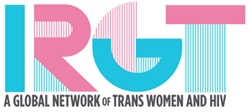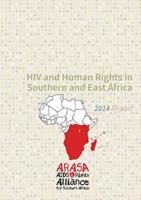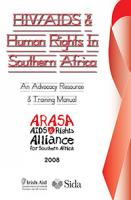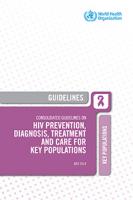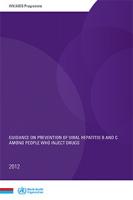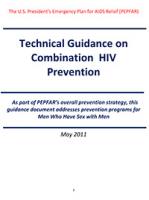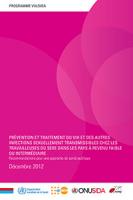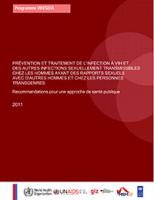
laws, regulations and policies protect and promote the rights of all people, including key populations in the context of HIV and AIDS; and
populations are aware of their rights, are able to access justice and are able to enforce their rights in the context of HIV and AIDS.
The report identifies and analyses both national and regional findings to identify significant developments in creating and enabling legal and regulatory frameworks for key and emerging human rights issues and also provides country snapshots for 18 countries with information on universal access and human rights and recommendations for improvement that are based largely on the recommendations of the Global Commission on HIV and the Law.
